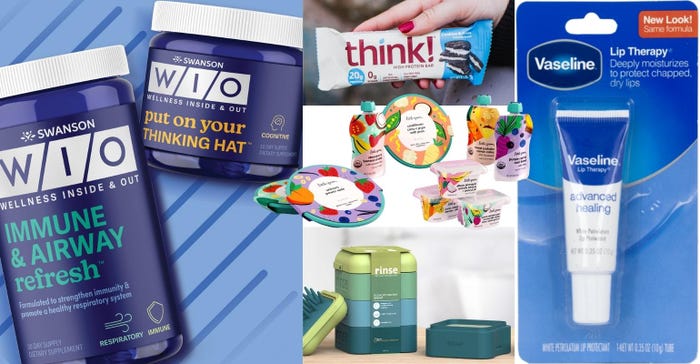Packaging that’s designed to appeal to all consumers, regardless of gender, is expanding into more product categories as brand owners move away from gender-specific positioning.

Ongoing cultural conversations about gender identity, and changing gender norms, are increasingly influencing packaging design. Brand owners are putting less emphasis on gender-specific cues and more on gender-inclusive pack designs.
The trend toward gender-neutral package graphics is occurring in various product categories. Personal care packaging provides many examples. So does food packaging, particularly for products such as protein bars and weight-loss products that in past decades were marketed mainly to female consumers.
“Global cultural shifts towards gender fluidity — how one identifies one’s gender or lack thereof through self expression, identity, or both” are leading some brands to reframe how they present themselves, says Ben Glotzer, creative director at Little Big Brands.
“With packaging being a primary artifact for many consumer brands, this is an ideal canvas for brands to binary blur and express their beliefs/values through design,” Glotzer adds. “We are certainly seeing a shift in certain categories such as spirits, food, fashion, wellness, personal/self care, [and] skincare/beauty, particularly because they are at the forefront of self expression and personal presentation.”
Changes in shopping behavior also support gender-neutral packaging. For consumer packaged goods (CPGs), “historically, women did most shopping, so there was a tendency to design female-oriented visuals and messaging,” says Michael Keplinger, partner at SmashBrand.
“We cannot assume this with today’s consumers,” he adds. “With increased male involvement in purchasing decisions, there’s less need to start with gender-specific designs.”
Small but mighty.
Those who evaluate packaging design performance have also noticed a trend toward gender-neutral packaging — though not across the board.
“There’s certainly a lot of buzz,” says Steve Lamoureux, CEO and founder of Designalytics, a company that tracks and tests in-market package designs. But gender-neutral design “seems to be a larger opportunity for challenger brands than for more mature brands that have established equities.”
He adds, “We haven’t seen many big brands making changes that are clearly meant to convey gender neutrality, at least from a packaging perspective.”
So what does gender-neutral packaging look like, and how can brands do it well?
The experts agree that focusing not on gender but rather on messaging and visuals that drive purchase are the best avenues to success.
“The best tip for creating gender-neutral packaging is to not think about gender. Instead, focus on the purchase drivers, brand drivers, and creating associations through colors and visuals on-pack that lead consumers to higher purchase intent,” Keplinger says.
What makes a package gender-neutral is “largely subjective,” adds Lamoureux. “But the CPG industry often equates gender-neutral design with minimalism: lots of white space, limited use of color, and unfussy, sans serif typefaces.”
Our slideshow presents packaging designs that put those principles into action, in categories ranging from skincare to baby food to nutraceuticals. Included are two redesigns — one a hit, and one a miss. Start the slideshow for the inside story on each project.
About the Author(s)
You May Also Like




